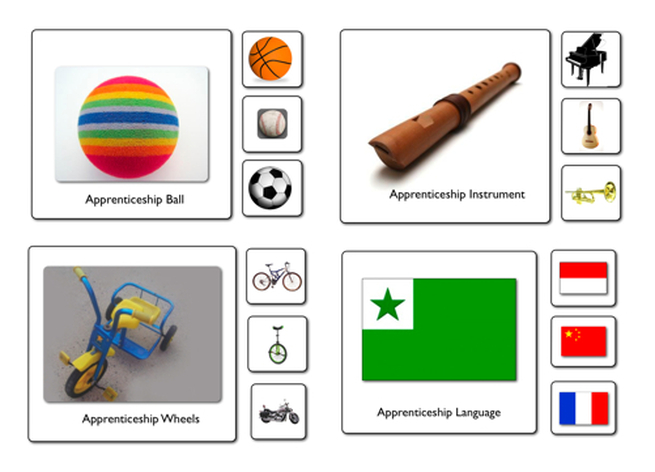
- the existence of different sounds, alphabets and character systems,
- the concept of root words and related languages,
- differences in syntax and grammar, gender and register,
- lack of one-to-one correspondence in translation,
- literal and liberal translation,
- memory techniques,
- paraphrasing to cover missing vocabulary,
- cultural concepts embedded in language,
- use of a bilingual dictionary and
- avoidance of idioms.
Any language can be used to teach these transferable concepts but, where time is limited, languages with a similar alphabet to English, phonetic spelling and more regular grammar will get further through the list than those without these features.
Literacy skills, problem solving skills and thinking skills are developed in learning any language.
However, students learning Esperanto spend more time practicing higher order thinking skills, such as application of understandings to creative tasks, synthesis and analysis of texts and evaluation processes.
This is because less time is needed for recognition and recall in Esperanto, because it lacks the idiosyncratic variations in spelling, grammar and pronunciation found in most national languages.
Wisdom has been defined as perceptiveness to patterns. Pattern use in Esperanto is extensive and consistent, which makes pattern recognition intrinsically rewarding and a source of competence. The effect of several years of such encouragement at an impressionable time invites further investigation.
Of course, the intrinsic motivation for language learning is language use, so we'll look at the third reason for welcoming Esperanto into your school - who your students will have to talk to, next time.
 RSS Feed
RSS Feed